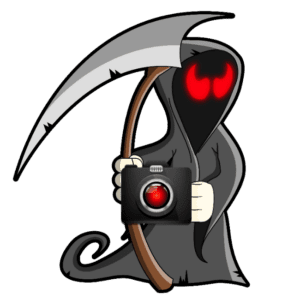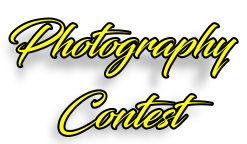WHAT’S IN JASPER NATIONAL PARK
Jasper National Park is the largest national park in the Canadian Rockies. It is located in the province of Alberta, north of Banff National Park and west of the City of Edmonton. The park includes the Columbia Icefield glaciers, hot springs, lakes, waterfalls, and mountains. Wildlife in the park consists of elk, caribou, moose, mule deer, white-tailed deer, mountain goats, bighorn sheep, grizzly bears, black bears, coyotes, beavers, Rocky Mountain pikas, hoary marmots, gray wolves, mountain lions, and wolverines.
PHOTOGRAPHY IN JASPER NATIONAL PARK
Depending on how you cover the park, it takes about 1-2 days to photograph its main areas; if you want to get every angle and include every square inch, plan at least two days.
Jasper is a 4-hour drive up the Icefield Parkway from Banff. There isn’t as much incredible dynamic scenery compared to the southern Canadian Rockies. The drive up Icefield Parkway had some stops that made this trip worthwhile. We thought the Banff area was better overall. Maybe we have just been to too many incredible places in Banff, Yoho, and Revelstoke.
The Columbia Icefields Parkway is one of the world’s most scenic drives, stretching 144 miles between Lake Louise and Jasper. Along the ride up the Icefield Parkway to Jasper, you can stop and photograph many great things: Peyto Lake, The Columbia Icefields, The Glacier Walk, and Bow Lake (one of our favorite spots on the planet Earth). Start your journey early up the Icefields Parkway towards Jasper. To see information on Bow Lake and Peyto Lake, go to our Canada Hot Spot Page.
There are several lakes in the National Park, and the main tourist attraction is Maligne Lake, a half-hour drive from the center of town. If you go in the summer, the lake is covered with tourists, and parking can be a hassle. Go early in the day.
There is also Maligne Canyon to hike and photograph, which allows for some compelling images. The Maligne lookout is just a lookout. We call these pictures tourist shots from these types of locations. You can stop there and get some good images. Try to do something different than the same old shot of the island everyone in the world gets.
WATERFALLS
The great spots on this journey are the waterfalls. Athabasca and Sunwapta are the two best places not to miss. Lake Maligne, although beautiful, was covered by tourists in the summer. There are a few other lakes, Patricia and Pyramid, which are good. The other lakes did not give us really compelling photos.
WILDLIFE
Keep your eyes out for wildlife. Elk is abundant, especially early in the morning. We went during a heatwave when wildlife is known to stay in the wilderness. We did see some bears on our journey. The National Park is home to many different animals. The most popular animals to photograph are the Grizzly Bears, Mountain Goats, and Bighorn Sheep. However, many other animals call Jasper National Park home, including wolves, elk, deer, and moose.


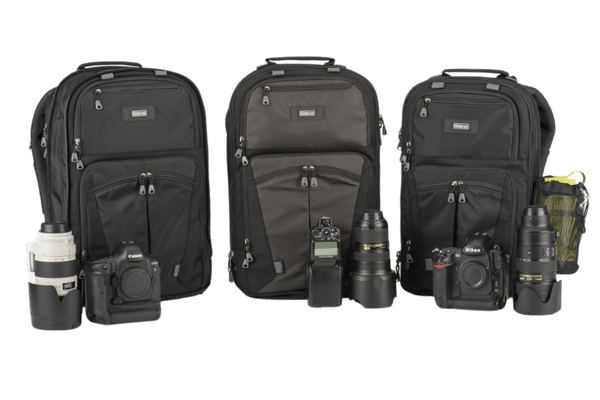
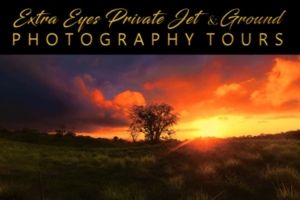
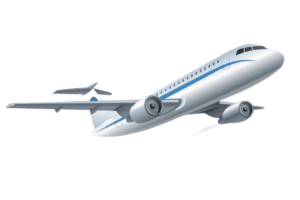
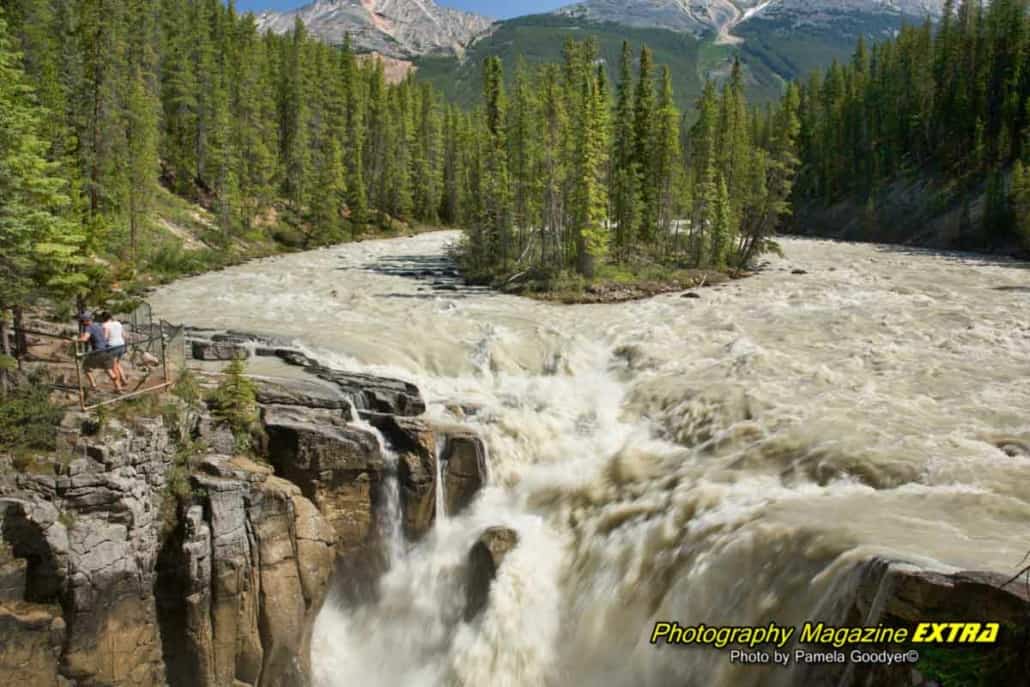
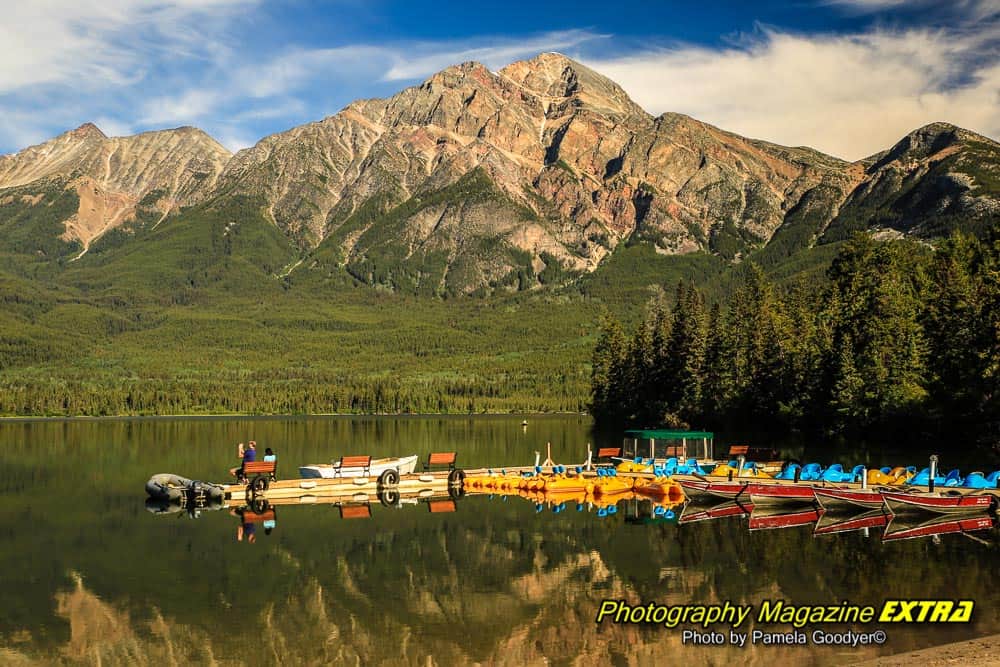
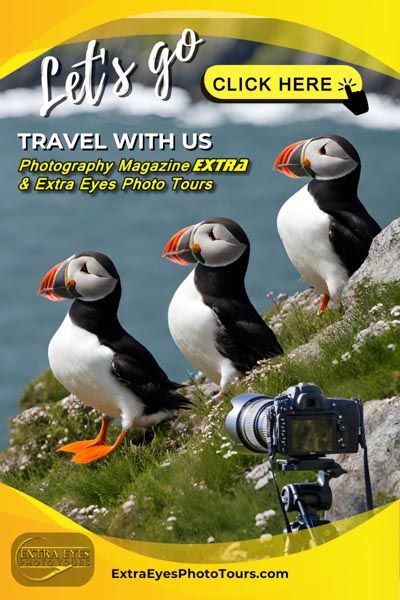










 Photography, Lessons, Workshops and Classes.
Photography, Lessons, Workshops and Classes.